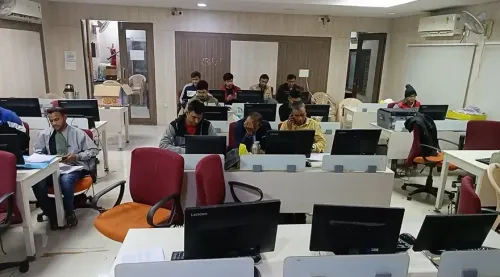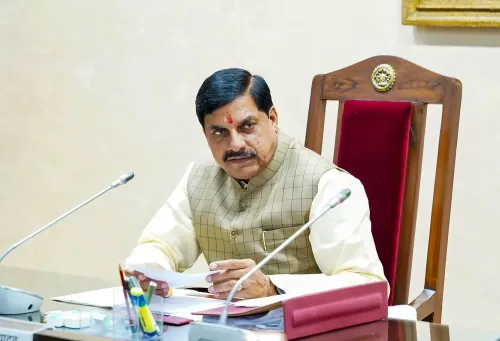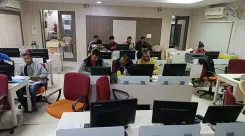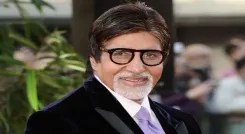Is Self-reliance, Sovereignty, and Silicon the Future of India?
Synopsis
Key Takeaways
- Vision for a Viksit Bharat by 2047
- Self-reliance across various sectors
- Focus on youth employment
- Strengthening national security
- Technological advancements in defense and energy
New Delhi, Aug 15 (NationPress) Prime Minister Narendra Modi’s 103-minute speech from the Red Fort on the 79th Independence Day represented a pivotal moment in India’s political dialogue. Not only was it notable for its unprecedented duration, but it also encapsulated a vision of a self-reliant, strategically independent, and technologically advanced nation.
Positioned as a blueprint for a Viksit Bharat by 2047, the address intertwined policy initiatives with a clear ideological stance, emphasizing India’s evolution from dependency to global confidence.
His declaration that “India will no longer tolerate nuclear intimidation” was made in light of Operation Sindoor—a retaliatory operation following the Pahalgam incident, executed entirely with homegrown weaponry.
Comments on the Indus Waters Treaty—“blood and water will not flow together”—indicated a significant shift in India’s strategic stance, dismissing historic compromises and reaffirming national sovereignty.
These statements were part of a larger theme of Atmanirbhar Bharat, wherein self-reliance transcends trade metrics to encompass technological and institutional strength.
Among the most ambitious plans was the introduction of India’s first Made in India semiconductor chip by the end of the year, along with the privatization of the nuclear sector.
PM Modi stressed that self-reliance should also encompass jet engines, social media platforms, fertilizers, and pharmaceuticals.
The introduction of the National Critical Minerals Mission and the Deepwater Exploration Mission were highlighted as essential moves toward achieving energy and industrial self-sufficiency, with 1,200 mineral sites being explored and offshore energy resources being developed to lessen reliance on foreign fuels.
The launch of Mission Sudarshan Chakra—focused on creating advanced weaponry—and plans to expand a national security framework by 2035 underscored India’s defense readiness.
Additionally, PM Modi announced a Task Force for “Next-Generation Economic Reforms,” building on the elimination of over 40,000 compliance regulations and 1,500 outdated laws, with GST reforms expected by Diwali to alleviate burdens on MSMEs and consumers.
Youth empowerment was brought to the forefront with the PM Viksit Bharat Rojgar Yojana, a ₹1 lakh crore employment initiative aimed at 3.5 crore young Indians.
In agriculture, the PM Dhanya Dhanya Krishi Yojana was introduced for 100 underserved districts, enhancing existing support for farmers.
PM Modi also announced the formation of the High-Powered Demography Mission to protect national integrity from illegal infiltration.
From space advancements to leadership in pharmaceuticals, the Prime Minister’s address served as a rallying cry—encouraging citizens to build, innovate, and invest in India’s future.
As the nation approaches its centennial of independence, PM Modi’s speech articulated a vision where self-reliance is not merely a slogan but a call for structural transformation.









